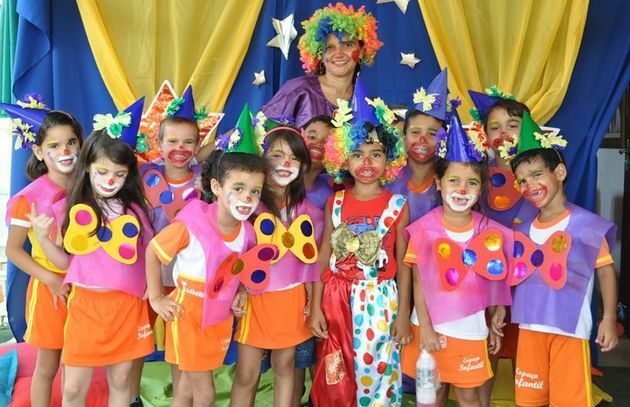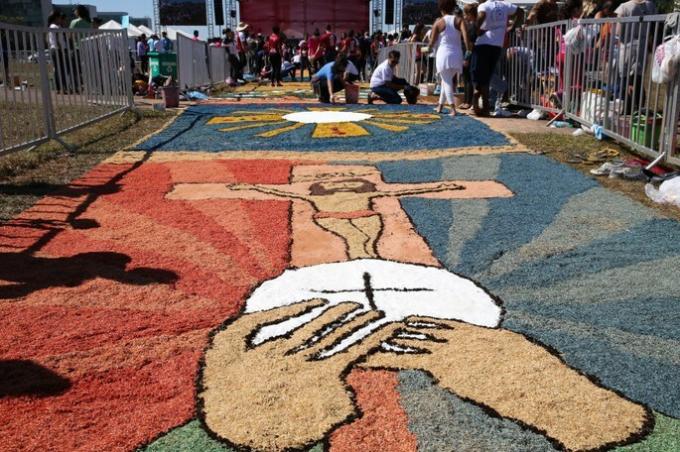Christmas day December 25th, commemorates the birth of Jesus Christ, the most important figure in Christianity.
For this reason, for Christians, it is one of the main commemorative dates, alongside Easter, when the resurrection of Jesus is celebrated.
Christmas Day is a religious holiday in many parts of the world. The call christmas cycle It is celebrated for twelve days, from December 25th to January 6th.
This period is related to the time it took the three wise men, Balthazar, Gaspar and Melchior, to reach Bethlehem, the city where Jesus was born.

Origin of Christmas
Christmas originated in pagan festivals that were held in antiquity. On that date, the Romans celebrated the arrival of winter (winter solstice). They worshiped the Sun God (christmasinvictiSolis), and still held days of festivities with the intention of renewal.
Other peoples of antiquity also celebrated the date, either by the arrival of winter or by the passage of time.
This is the case of the Mesopotamians, who celebrated the “Zagmuk”, a pagan festival in which a man was chosen to be sacrificed. That's because they believed that at the end of the year some monsters would awaken.
From the fourth century, and with the consolidation of Christianity, the festival was made official as Natale Domini (Christmas of the Lord). As the day Jesus was born is not known for sure, this was a way of Christianizing the pagan Roman festivals, giving them a new symbology.
The choice of date was determined by Pope Julius I (337-352) and was later declared a national holiday by Emperor Justinian in 529.
Thus, without being associated with its origin, Christmas started to be celebrated in many countries.
Meaning of the word Christmas
The term Christmas comes from the Latin word “christmas” which, in turn, is derived from the verb to be born (noscor).
Christmas symbols: how did they come about?
With Christmas, various signs represent this festive celebration, each with a different meaning and with a pagan or religious origin.
When we talk about the birth of Jesus, the most present representation in our minds is the nativity scene, after all it portrays the scenario where the Child was born.
And there, in a joint or isolated way, we know the elements that figure in it: the sacred family, composed of Jesus, Joseph and Mary, the three wise men, the angel and the star.
nativity scene
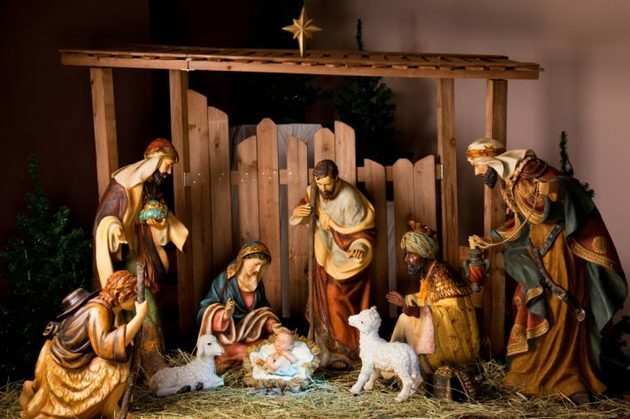
Did you know that the first nativity scene was assembled by Saint Francis of Assisi?
Yes, it was in the 13th century, in Italy, that St. Francis wanted to recreate the scene of Jesus' birth to explain to the people how it would have happened.
Afterwards, the assembly of the nativity scene became more and more a strong tradition and it started to be assembled in homes, churches and in various places during the Christmas cycle.
The nativity scene symbolizes the union of the divine with the earth, after all, it brings together people, animals and the figure of God.
Still in the religious field, the beautiful angels used in the Christmas decoration refer to Saint Gabriel, the angel who announced to Mary that she would be the mother of Jesus.
The three wise men are the wise men who went looking for Jesus to adore him and bring him gifts. This is another religious factor alongside the custom of giving presents at Christmas, which increases the frenzy of the trade at this time of year.
And the stars on the tops of the Christmas trees are just the sign followed by the wise men to find the place where Jesus was born.
Christmas tree: what does it have to do with the birth of Jesus?
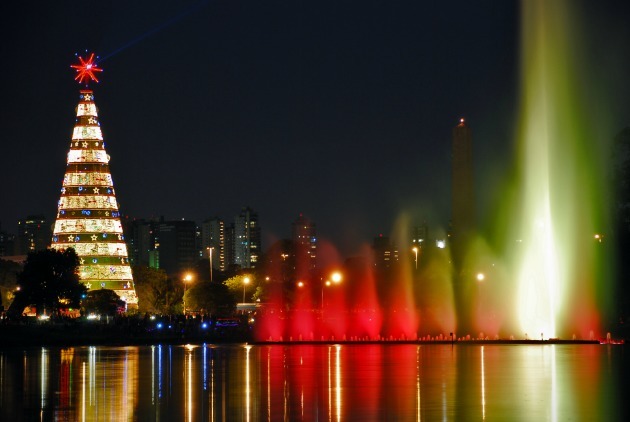
The Christmas tree is one of the most emblematic symbols of the party. Not everyone assembles the nativity scene, but many people have the tree.
The tradition of setting it up, in a religious proposal, is more recent. It was Martin Luther, the main figure of the Protestant Reformation, who set up the first tree in the house.
Before Luther, people already used decorated trees to celebrate the coming of winter. This is exactly why it is not just any tree, but a pine tree, because this tree is the one that resists the harshest winters the most. She is, therefore, a symbol of hope and peace, just like Jesus for Christians.
Assembled close to the festive date, the tree is dismantled on Twelfth Night, on January 6th.
Santa Claus

If the tree is the most emblematic symbol, Santa Claus is the most important character at the party.
The Santa Claus figure is inspired by a Turkish bishop named St. Nicholas. He used to leave coins near the chimneys of the most needy people. That's why he represents the generosity that ends up invading hearts at Christmastime.
Over time, and through advertising campaigns, São Nicolau became popular and gave way to the appearance that today we know Santa Claus, who instead of coins, leaves gifts to children who behave well throughout the year.
Christmas dinner
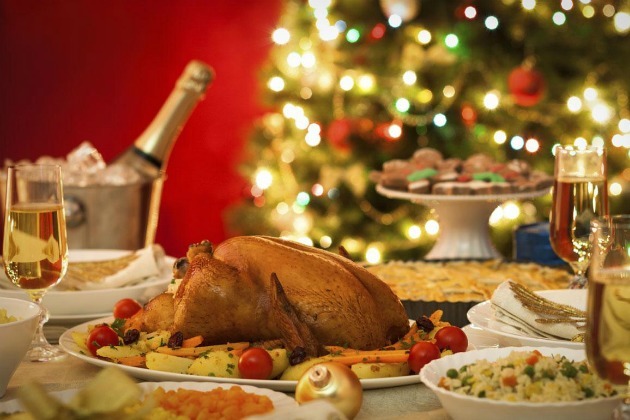
And finally, let's go to supper!
Its origins come from Europe, where people used to leave the doors of their homes open to receive travelers.
It symbolizes the unity and fraternization of families. So, on Christmas Eve, family members gather around the table for the traditional Christmas dinner.
In Brazilian culture it is common to have Christmas turkey, dried fruit and Panettone.

